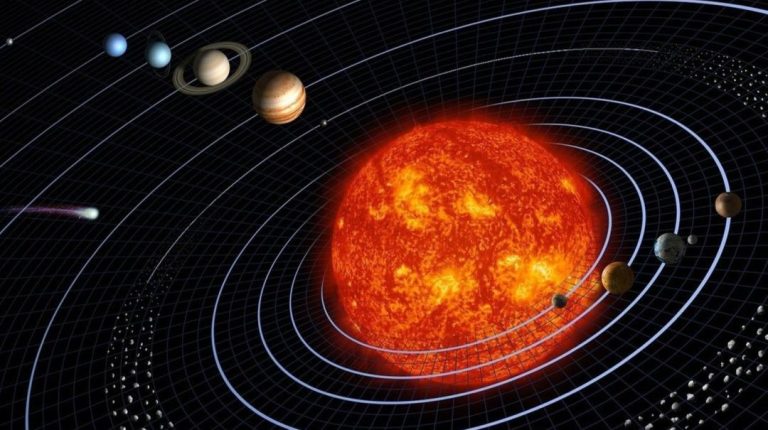
Mumbai & Kolkata on path of asteroid nicknamed ‘City Killer’: Reports
The threat of a catastrophic asteroid impact has sent shockwaves around the world, with two of India’s most populous cities, Mumbai and Kolkata, being placed on high alert. According to recent reports, the asteroid 2024 YR4, nicknamed the “City Killer”, is predicted to pass close to Earth in 2032, with a possible impact that could have devastating consequences.
The asteroid, which is estimated to be about 800 meters in diameter, is considered a potentially hazardous asteroid (PHA) due to its size and close proximity to Earth. According to scientists, if it were to hit our planet, it could trigger “severe blast damage” within a radius of 31 miles from the impact site.
Reports suggest that Mumbai and Kolkata are among the cities that could be impacted if the asteroid hits Earth. Other massively populated areas on its predicted path include Bogota in Colombia and Lagos in Nigeria.
So, what do we know about the “City Killer” asteroid, and why are Mumbai and Kolkata being linked to it? In this blog post, we’ll delve into the details and provide an update on the situation.
What is the ‘City Killer’ asteroid?
The “City Killer” asteroid, officially known as 2024 YR4, is a near-Earth asteroid that was discovered in December 2024. It is a relatively large asteroid, measuring approximately 800 meters in diameter, and is considered a PHA due to its size and close proximity to Earth.
Why is it called the ‘City Killer’?
The asteroid’s nickname, “City Killer”, is due to its potential to cause widespread destruction and loss of life if it were to hit Earth. The term “City Killer” has been used to describe asteroids that have the potential to cause catastrophic damage to cities and urban areas.
Why are Mumbai and Kolkata being linked to the ‘City Killer’ asteroid?
Mumbai and Kolkata are being linked to the “City Killer” asteroid because they are among the cities that could be impacted if the asteroid hits Earth. According to reports, the asteroid’s predicted path takes it close to both cities, although it’s still unclear whether it will actually hit them.
What would happen if the ‘City Killer’ asteroid hits Earth?
If the “City Killer” asteroid were to hit Earth, it could trigger severe blast damage within a radius of 31 miles from the impact site. The impact would be equivalent to a massive explosion, releasing an enormous amount of energy and causing widespread destruction.
The effects of the impact would depend on a number of factors, including the asteroid’s size, shape, and composition, as well as the angle and location of the impact. However, it’s likely that the impact would cause significant damage to buildings, infrastructure, and the environment, as well as loss of life.
What is being done to track the ‘City Killer’ asteroid?
Scientists are closely monitoring the “City Killer” asteroid to track its path and predict its future trajectory. The asteroid’s orbit is being studied using a combination of ground-based telescopes and space-based observatories, such as the NASA’s Near-Earth Object Program.
What can be done to prevent an asteroid impact?
While it’s impossible to prevent an asteroid impact from occurring, there are steps that can be taken to mitigate the effects of an impact. These include:
- Monitoring the asteroid’s trajectory and predicting its future path
- Developing technologies to deflect or destroy the asteroid if it’s on a collision course with Earth
- Implementing emergency response plans to minimize the impact of an asteroid strike
Conclusion
The “City Killer” asteroid is a sobering reminder of the potential risks and consequences of asteroid impacts. While it’s still unclear whether Mumbai and Kolkata will be impacted by the asteroid, it’s essential that we continue to monitor its trajectory and develop strategies to prevent or respond to an asteroid strike.
As the world waits with bated breath to see what the future holds for the “City Killer” asteroid, it’s clear that we must remain vigilant and take proactive steps to protect our planet from the threat of asteroid impacts.






